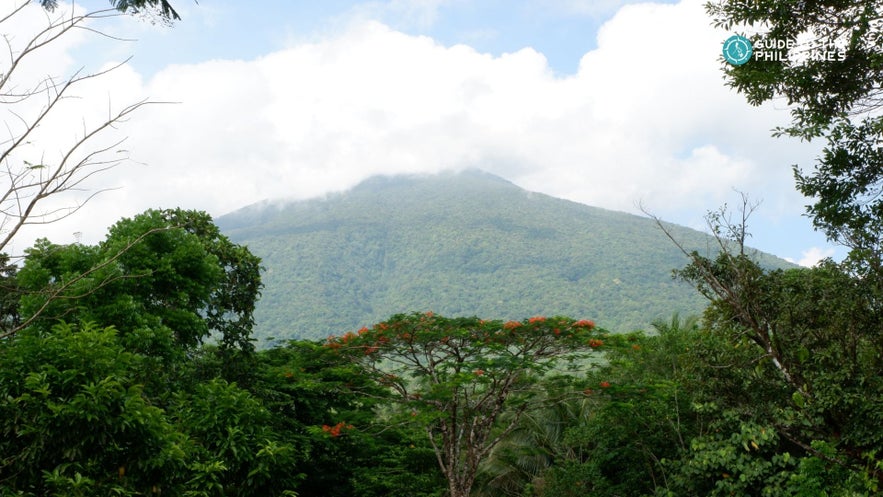
Revered as a sacred mountain by locals, Banahaw is not just a hiking destination—it's a cultural and spiritual landmark steeped in centuries of folklore and healing traditions.
For nature lovers and trekkers, Mount Banahaw promises an exhilarating yet meaningful journey. Trails lead through mossy forests, hidden waterfalls, and natural springs believed to possess healing powers.
Whether you’re after a spiritual retreat or a less-traveled adventure, Mount Banahaw offers a meaningful escape from the more mainstream attractions of cities like Tagaytay and Baguio.









